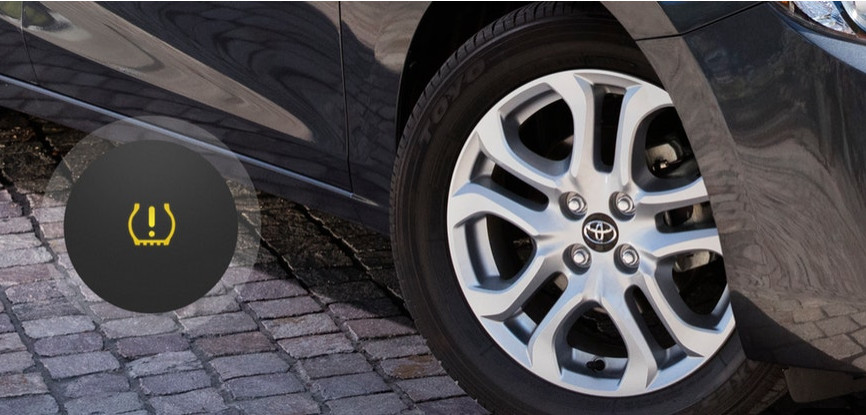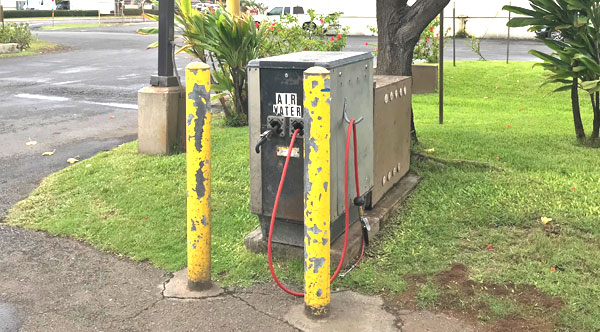You are right in thinking that if you ignore the tire pressure light, it is dangerous for both you and your tires. This will cause the tire to wear out faster and consume more gas.
Tires with inadequate air pressure make them harder to stop in an emergency. Also, high-speed driving increases the possibility that the tire will overheat and burst.

Why you should Pay Attention to the tire pressure warning light
If your car’s tire pressure warning light has been on for a week or more and you’ve been ignoring it, you should schedule an appointment with a mechanic immediately.
In most stores, you can get a free check and even a free fill. Get an oil change if you need one, and have them check it when they’re rotating your tires or doing your free multi-point inspection.
Depending on the cause, the tire pressure light could be bad news if the tire has a slow leak or a nail in it. But it’s not the end of the world if it’s only on because the temperature is changing.

Although it is best to maintain the recommended tire pressure to prevent early wear and poor fuel economy.
Although a little underinflated tire is unlikely to create serious issues, improperly inflated tires might wear out faster and lose grip when performing rapid lane changes or other high-speed manoeuvres.
Could it be a sensor error?
You may be ignoring the tire pressure light and not realizing that a faulty sensor could also be to blame. However, if it’s really low pressure and not a sensor problem, you could have a blowout at high speeds.
Because of this problem, there have been instances of tire blowouts on the highway, causing vehicles to careen across lanes.

Since checking tire pressure with a gauge takes only a few seconds, you have no excuse for driving about with underinflated tires. In fact, you need a gauge in your car for just this situation, so go ahead and get one.
Could it be due to the colder weather?
If you are somewhere cold, it is possible that the air in the tires has been squeezed owing to the cold temperature causing the tire pressure light to be activated. But, you should not ignore the warning light in the fall and winter because TPMS sensors are known to fail when the temperature lowers.
Tire pressure should return to normal as soon as you get rolling and the tires warm up. To be safe, double-check again after 30 minutes to an hour of driving.

What can I do if my tire pressure warning light is on?
Make sure you know the recommended tire pressure range before you start pumping air into the tires. You may look it up in the manual or on your car to find out.
The recommended tire pressure is typically around the 32-35psi range. Check for a label detailing the recommended tire pressure by opening the rear door, or the driver’s door in the case of a two-door vehicle

Check at a gas station
Don’t just ignore the tire pressure light and visit a gas station to look for the air machine; it’s the quickest option. These can range from being free to costing a few dollars.
Adjust the air compressor’s pressure, then turn it on. First, remove the lid from the tire’s pressure valve, then add pressure with the nozzle until the digital display shows the desired level. Reattach the cover and go to the next tire.

Get a tire pressure gauge
You should get a tire pressure gauge if you don’t already have one. Compared to tires, they have a lower price tag. It’s a good investment in the long run because it will save on gas costs and tire wear.

Get an air pump
You should also consider getting a portable air pump for your car. Tire inflation pumps are typically available at petrol stations, however, their accuracy, reliability, and availability may vary.
How well your tires are inflated impacts not just how effectively your vehicle grips the road, how well it stops, and how well it rides, but also how long your tires last and how much fuel your vehicle uses.
It’s bad to Ignore the tire pressure light for any duration!
The warning light serves as a reminder to you to take care of your vehicle when it requires assistance. If you value your investment, you should never disregard it.
To avoid any of these issues, have a portable tire inflator in your car’s trunk. They cost between $30 and $40 and are meant to turn off automatically when the tire pressure is reached.

